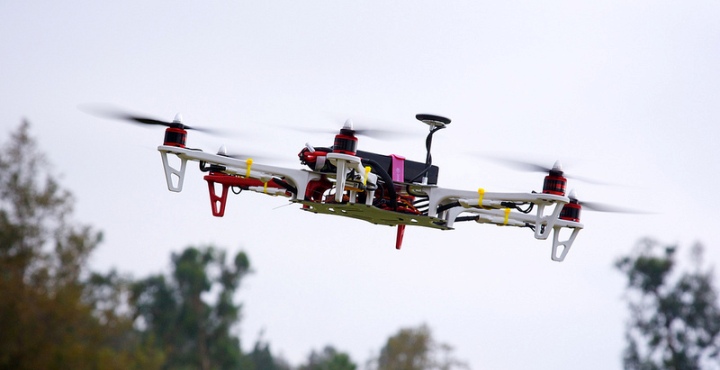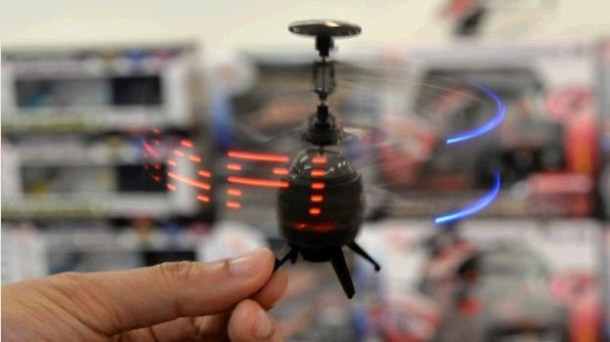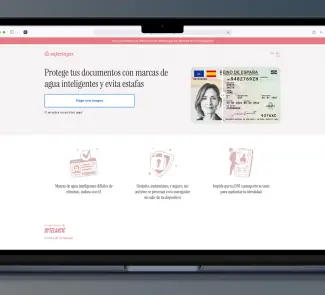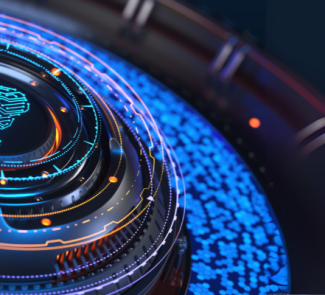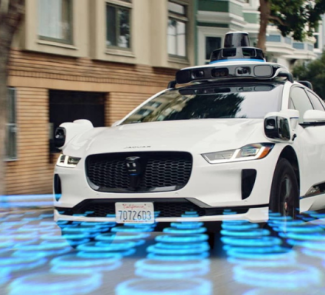There are a wide variety of commercial uses for drones, from delivering packages to monitoring volcanoes, or even helping out with agriculture.
Thanks to the military origins of drones, from the very beginning, they have been seen as weapons rather than devices with applications in the civilian world. But, as is the case with other inventions from the arms industry, the concept has also changed and commercial uses for drones are starting to emerge as the technology becomes cheaper.
So far, the experiments with drones that have been run by different companies have been more for the purposes of publicity and promotion than to estimate the real possibilities of implementation. Domino’s Pizza went viral with a video in which it showed one of these flying machines carrying a pizza to its destination. Amazon has also generated buzz in the media by revealing its tests to ship orders this way, although the company’s CEO, Jeff Bezos, has admitted that it will probably take another five years for the programme to start up.
Nevertheless, the commercial uses of drones are not limited to the field of transport. Agriculture is one of the areas that could benefit from these devices. In some areas of Peru, they are already exploring the possibility of using drones to monitor crops to ensure that they don’t develop diseases. But what is most striking are their potential uses in the livestock industry, where camera-equipped drones could be used for sheep grazing, monitoring the herds.
There are also projects aimed at improving healthcare in isolated areas, such as the initiative that has been started at the University of Lund, in Sweden, to develop a system to deliver medicine to certain areas of Malawi by air. In addition to this, the drones can also bring back information on the condition of the populations in these areas, thanks to sensors that would gather data on the biorhythms of possible patients.
Another key function that is being assigned to drones is exploration. The Menéndez Pelayo International University in the Pyrenees has run tests to identify and document archaeological heritage. The devices can also monitor to protect against vandalism of these sites. Since it is just a short step from exploration to surveillance, drones can also be used to monitor natural areas, including volcanoes, in order to know when an eruption will occur, or to allow early detection of forest fires. Preventing illegal activities, such as poaching, is another feasible use.
And it goes without saying that surveillance in natural environments can easily be transferred to cities. The Liverpool police are already testing drones for surveillance work, and in Germany, they have started to use them as monitors to keep vandals from painting graffiti on train cars.
Image: unten44
